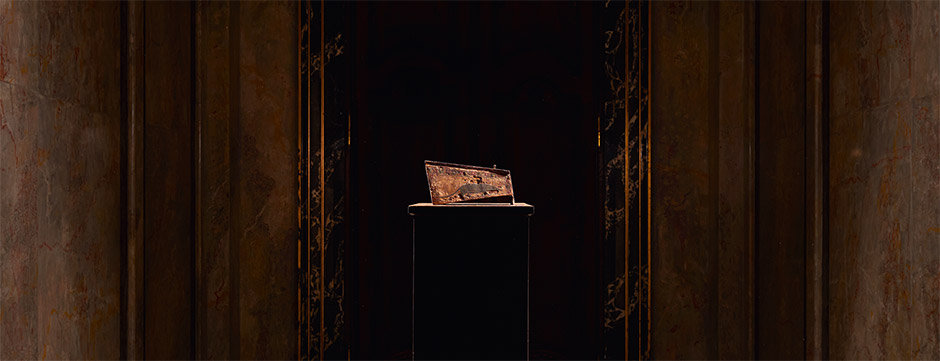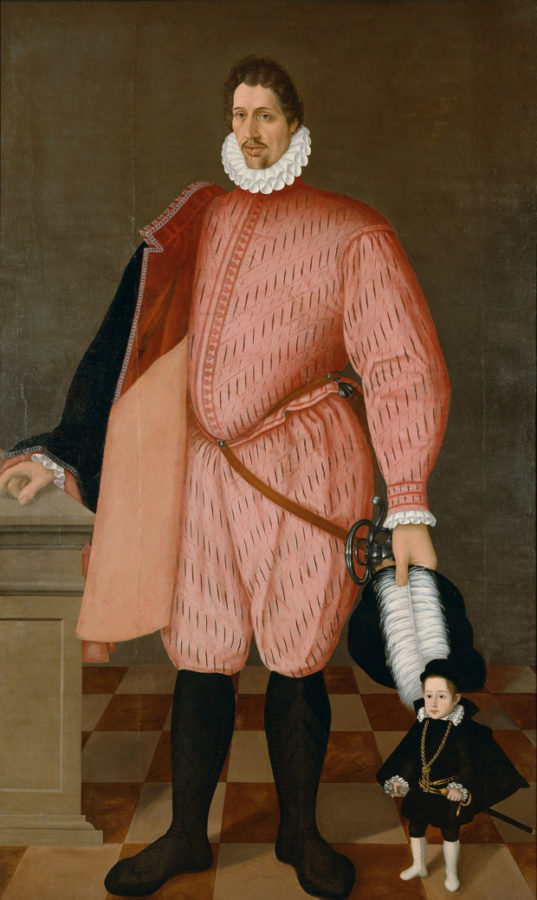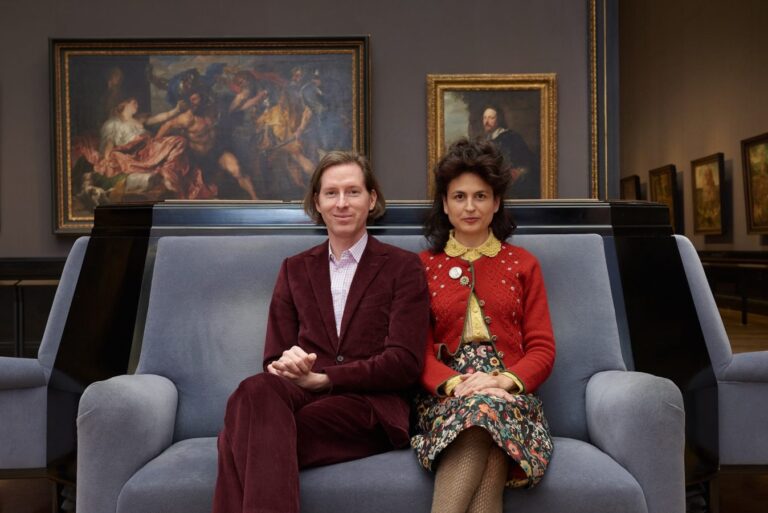Director Wes Anderson and his partner, costume designer and author Juman Malouf, co-curated an exhibition without any labels about the items. Is it the first of many to come?
Wes Anderson and Juman Malouf were given the rare opportunity to curate an exhibition for the Kunsthistoriches Museum in Vienna. They accessed the museum’s huge collections, including items that were never displayed publicly. The result is Spitzmaus Mummy in a Coffin and Other Treasures, which includes over 400 artworks, archaeological findings and objects of scientific interest.

The curious items and the curatorial work in Spitzmaus are definitely unique. The aesthetic of the director of The Grand Budapest Hotel and The Royal Tenenbaums is significant in every vitrine. But what makes this exhibition so special is the lack of labels next to each item. Instead, at the entrance the visitor can take a brochure which describes the details of the place, date and author of the item. Interestingly, it’s up to the viewer to decide whether to observe the exhibition through its history (using the brochure), or not. The label-free display is a bold decision, given how today’s art world is mainly revolving around the artist, the creator of the art piece. Museums take great pride in their pieces created by masters, and the crowds take interest in them accordingly.

Normally museums place their masterpieces in a very central location at the museum. In Spitzmaus on the other hand, a bizarre sculpture of an eagle carved out of ivory has a more central location than a bust of Julius Caesar. Thus it is clear that what was important to Anderson and Malouf is shape, size, and color of each and every item. By leaving the label out, the viewer sees the objects by the same criteria. The viewer enters a world made up of peculiar objects that can be only judged by their appearance. This gives a more intuitive experience, which can arouse an array of emotions, like admiration, humour, disgust or just WTF.

So the question remains- are we going to see more label-free exhibitions? Today museums constantly try to appeal to new crowds by using different means. The way I see it, removing the label is definitely one of these means. Younger crowds are more interested in visual information than a written one. That is why focusing solely on the item can be more approachable for them. The label-free exhibition may also shed a light on the less noticeable items of a collection: ignoring the history of the item releases it from any prior knowledge the viewer has. This allows the curator to decide what is more or less important according to a new set of rules.
Spitzmaus Mummy in a Coffin and Other Treasures is on display at the Kunsthistoriches Museum until April 28th 2019.
Check out more about Vienna museums:




